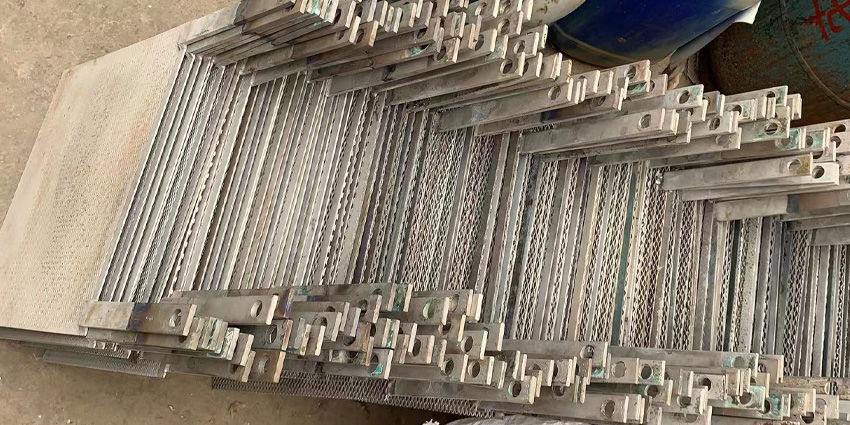Jun 20,2025Reporter: DONGSHENG
Platinum recycling is key in the recycling economy for precious metals. To understand the full process, we start with where platinum is used. The main sources for platinum recycling come from: ear catalytic converters’╝īelectronic waste (like circuit board etching solutions)’╝īused industrial catalysts’╝īwastewater from jewelry plating and residues from cancer drugs in healthcare. The final step is platinum recovery & recycling. After platinum is recovered and purified, it goes back into the industries mentioned above. This cycle helps reduce pollution.

This article explains the whole platinum recovery and recycling chain in simple parts: Where platinum can be recycled from, how platinum is recycled and how recycled platinum is reused. We hope this encourages more people to join platinum recycling and protect our planet.
1. Car catalytic converters: These common items provide 70% of recycled platinum! This industry is well-established. If you have an old car, you can help recycle platinum.
2. Electronic waste: Mainly circuit board etching solutions and electroplating wastewater. Most people donŌĆÖt handle these unless they work in electronics.
3. Used industrial platinum catalysts: Oil refining and chemical plants use lots of platinum catalysts. Used ones can be recycled.
4. Jewelry and mining wastewater: Small amounts of platinum can be recovered from jewelry wastewater and mining tailings.
5. Medical lab waste: Only platinum-containing lab waste (like cancer drug residues) is recycled.
Platinum recovery & recycling uses two approaches ŌĆō chemical and physical. Both have pros and cons. Chemical methods can produce toxic fumes.
1. Physical recycling involves sorting and crushing platinum scrap, then burning away impurities using platinumŌĆÖs high melting point before extracting pure metal.
2. Chemical recycling uses methods like "aqua regia" ŌĆō mixing strong hydrochloric and nitric acids in a 3:1 ratio to dissolve platinum.
Recycled platinum goes right back into the same industries it came from:
1. Automotive: Exhaust catalysts, hydrogen fuel cells
2. Chemical: Oil refining, chemical catalysts
3. Electronics: High-end chip contacts, vacuum coatings
4. Healthcare: Implants, cancer drugs
5. Jewelry: New platinum jewelry
6. Aerospace: Engine parts, glass furnace liners
By 2025, the world will lack 30 tonnes of platinum - for the third year in a row. Recycling platinum is essential to keep supplies stable.